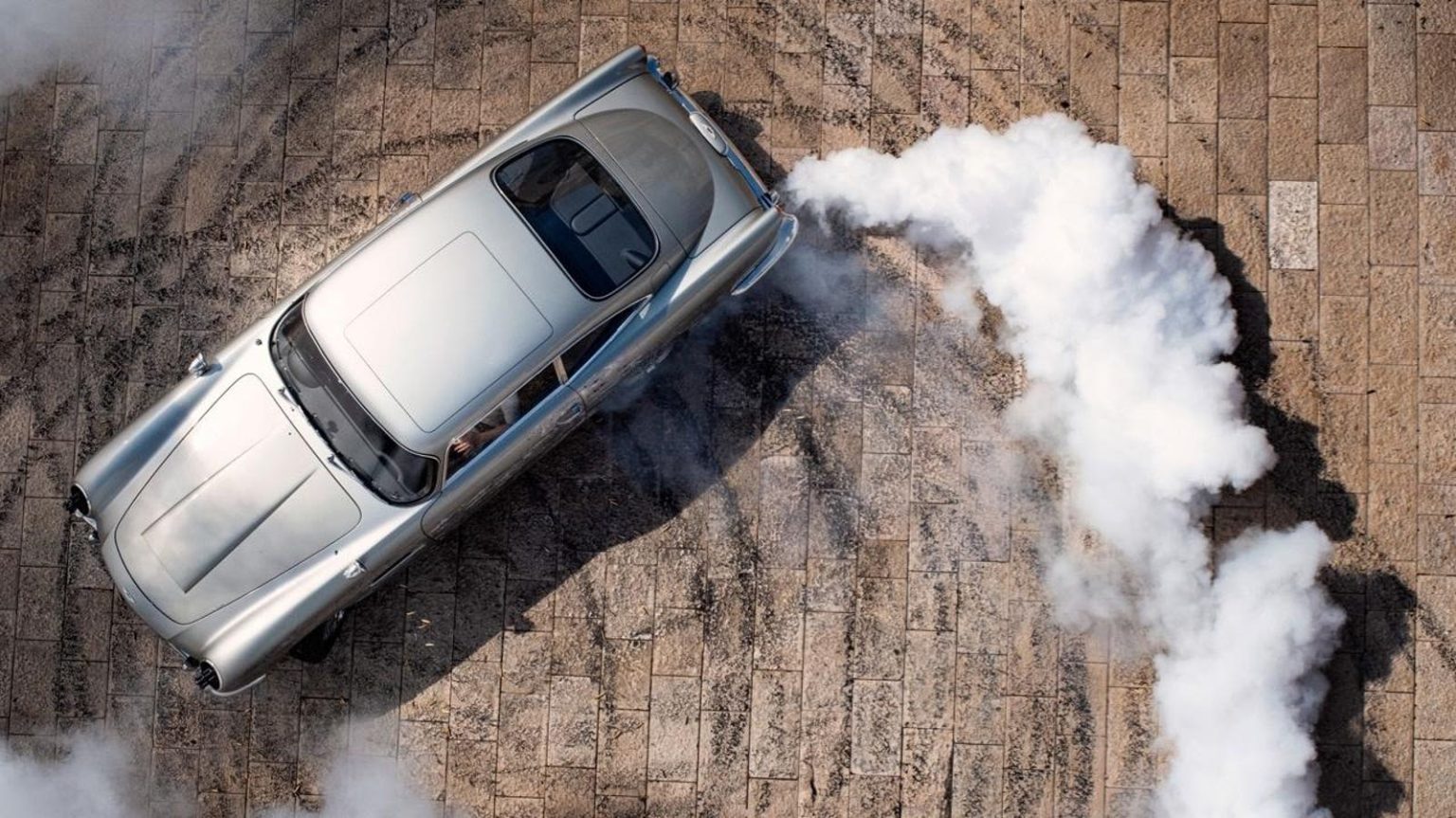A new exhibit at Chicago’s Museum of Science and Industry, titled “007 Science: Inventing the World of James Bond,” is captivating fans of the iconic spy series with a deep dive into the science and technology behind the gadgets featured in the films. The exhibit showcases 13 vehicles and over 90 artifacts, representing each film in the franchise. From Jaws’ metal teeth to a bionic eyeball from the latest film, “No Time to Die,” visitors can get up close with the props that have defined the James Bond universe.
According to Kathleen McCarthy, director of collections and head curator at the museum, Bond films have often introduced technologies to the general public that were ahead of their time. For example, the multitone pager featured in “From Russia with Love” in 1963 was likely the first time many viewers saw an instant communication device outside of hospitals and first responders. Additionally, the exhibit highlights a Seiko TV wristwatch from “Octopussy” that would have been considered revolutionary when it first appeared in 1984. These gadgets paved the way for real-world innovations that we now take for granted.
The exhibit, produced in partnership with Eon Productions, the creator of the Bond films, not only showcases the gadgets used by 007, but also explores the ways in which these fictional inventions have foreshadowed real-world technologies. Visitors can see the Bell Rocket Belt jetpack from “Thunderball” next to a modern Jet Suit by Gravity Industries and the Snooper Dog from “A View To A Kill” alongside a contemporary robot dog from Unitree. Fans of the films, like Andy Lipnick, are impressed by how the production teams brought these fantastical gadgets to life with attention to detail and authenticity.
In addition to showcasing the gadgets and vehicles used by James Bond, the exhibit also delves into the science storylines featured in the films, from nuclear bombs to bioengineering. For instance, the producers of the first James Bond film, “Doctor No,” borrowed real research equipment to create a nuclear facility for the villain that was grounded in scientific reality. Visitors can also step into a lab inspired by Q and try their hand at creating the perfect spy vehicle or designing stunts fit for Bond.
To complement the exhibit, the museum will offer programs focused on spycraft, intelligence, and encryption, including a “Secret Agent Science” summer camp for kids in grades 3-5 and a “Spycraft Workshop” camp for kids in grades 6-9. The goal of these programs, according to McCarthy, is to inspire creativity and resourcefulness in guests, encouraging them to see their world in a new light and use science and engineering to solve challenges. With a mix of interactive exhibits and educational programs, “007 Science: Inventing the World of James Bond” is sure to leave visitors both stirred and shaken.


